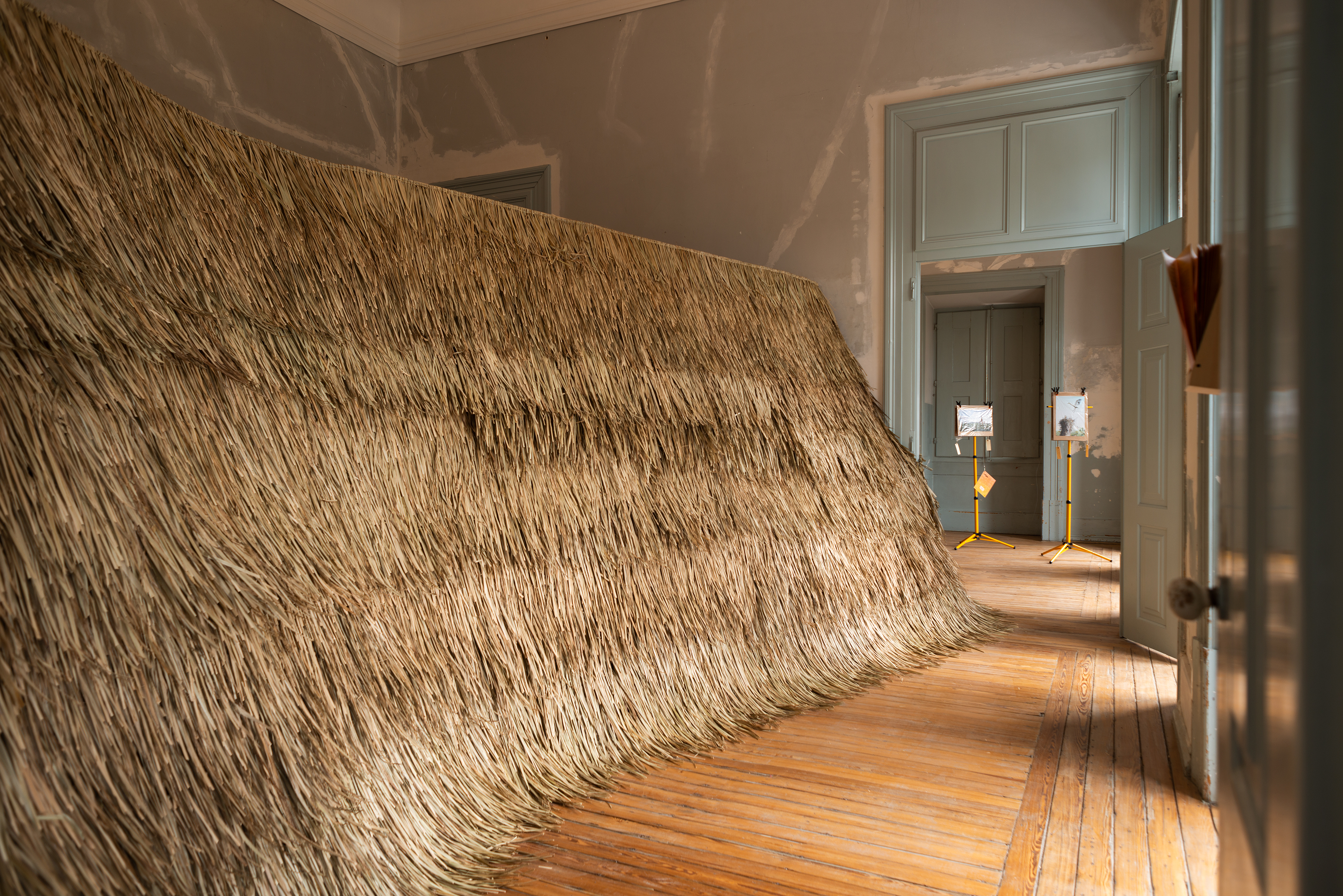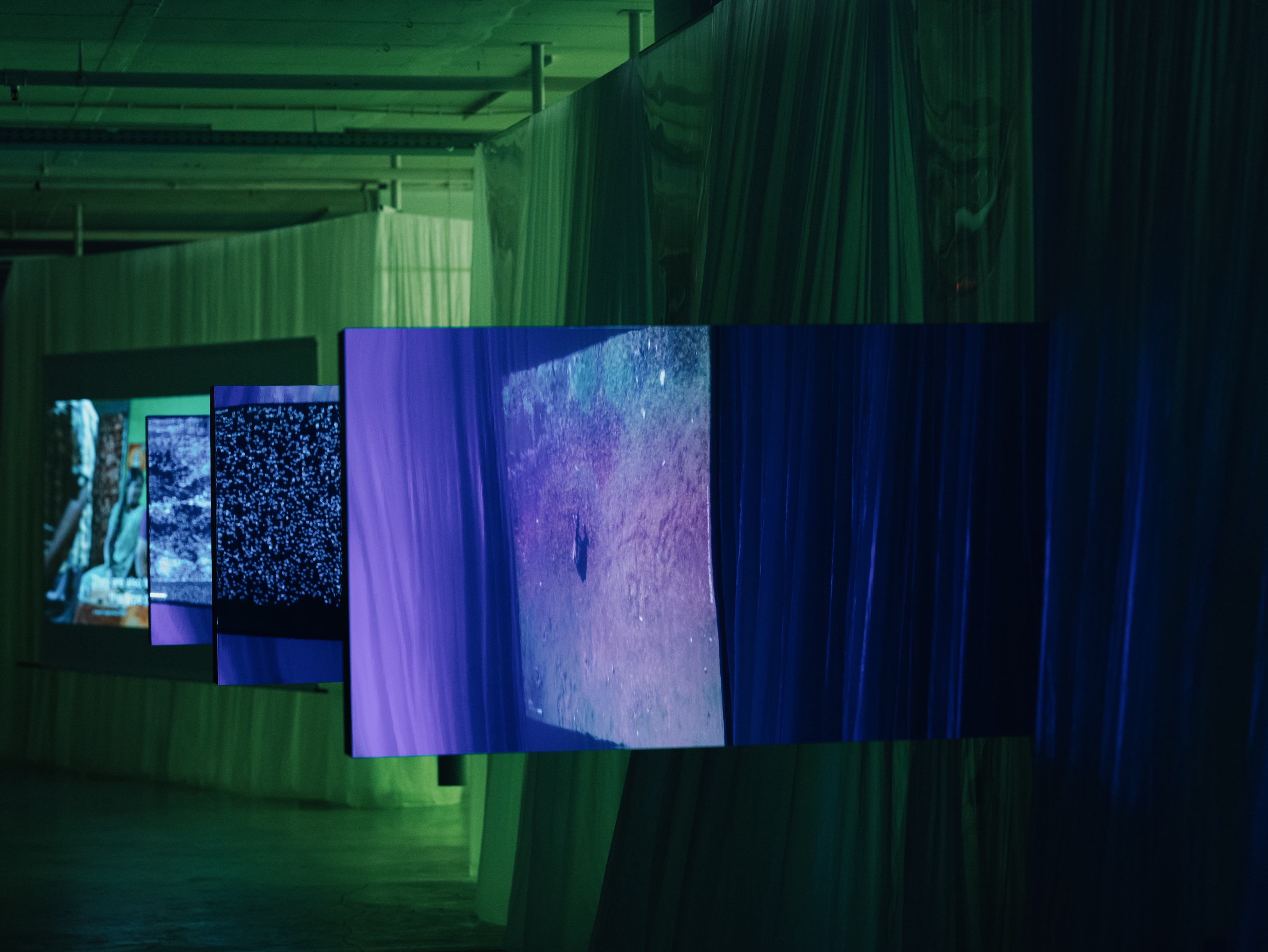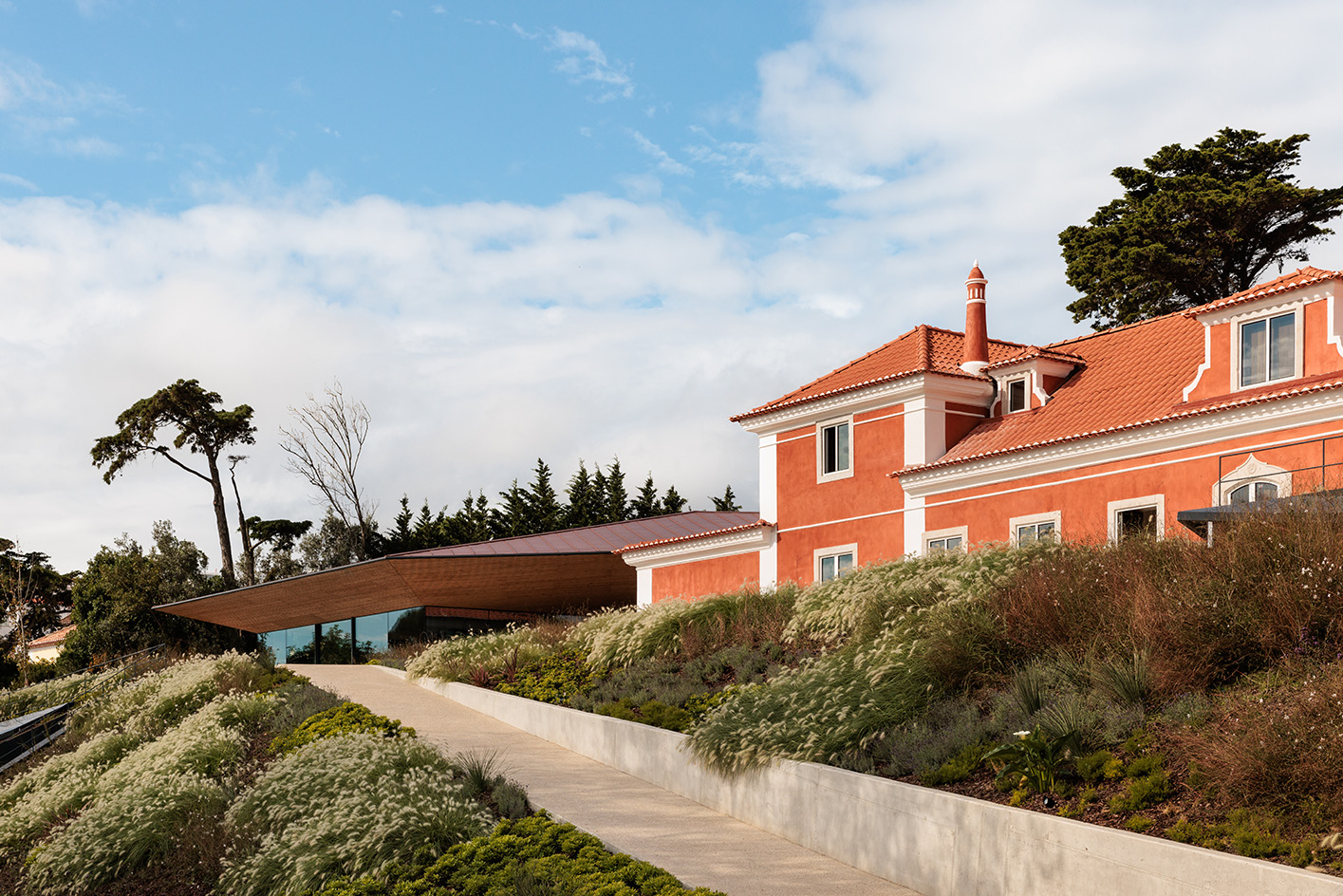Lisbon Architecture Triennale 2022 offers a fresh exploration of Earth
We explore the offerings of Lisbon Architecture Triennale 2022, and its theme ‘Terra'

‘The Poetics of Reason’ was the rather lofty topic of the festival's 2019 edition, but for Lisbon Architecture Triennale 2022, the two-month-long architecture event takes on a theme that is, quite literally, more down to earth: ‘Terra’. Through four major exhibitions, three days’ worth of conferences, and an array of independent projects chief-curated by Cristina Veríssimo and Diogo Burnay, Terra explores how we can change the grim trajectory of our home planet which, according to triennial chairman José Mateus, has ‘reached a dead end that we can hardly get out of'.
‘In an ideal world, this would be an age with enormous potential, except human activities have been dictated by high levels of ignorance for a long time, together with extremely high degrees of negligence and greed,' Mateus added. ‘All of this is based on a belief which is irresponsible, to say the least: that the Earth absorbs everything.'

‘Multiplicity’ includes displays around the project Bookworm Pavillion in India.
Visitors are immediately confronted with the consequences of their environmental wrongdoings at the ‘Retroactive’ exhibition in Lisbon’s MAAT museum, which begins by projecting video footage of engorged landfills, extreme weather incidents and overcrowded infrastructures in what’s termed ‘broken cities' across the globe.
The projects presented throughout the following rooms do, however, prove that steps are being taken to bolster urban habitats and their outskirts; this includes Tapis Rouge by Eva Studio, a community amphitheatre built at the heart of Haiti’s Carrefour-Feuilles suburb that – thanks to an underground dry well – doubles up as a flood mitigation system. There’s also Estudio Teddy Cruz and Fonna Forman’s El Santuario Frontera project, which sees metal storage racks repurposed to create the framework of housing for refugees at the Tijuana-San Diego border.

Display in the ‘Cycles’ exhibition.
The ‘Cycles’ exhibition over at Lisbon’s Garagem Sul cultural centre offers a look at the different ways architects and other creatives are making use of recovered construction materials, from concrete to cork – nearly 140 cubic metres of the latter (which was once used for building insulation) sits in a towering pile at the rear of the main gallery space as part of an installation titled Falca. It’s the work of conceptual artist Lara Almarcegui, who compels audiences to consider the startling volume of materials required to realise our sprawling built environment.
Visitors will also no doubt be inspired by the projects shown at the ‘Multiplicity’ exhibition in Lisbon’s National Museum of Contemporary Art; from a community fridge in New York, to friendship benches in Zimbabwe, and a modular reading pavilion in Mumbai, it's clear that even smaller-scale projects are capable of solving major social and eco challenges.

View of installation at ‘Visionaries’ by Culturgest
While a majority of what’s showcased in the 2022 Lisbon Triennial acts as a rousing call to action in the fight against climate change, some of the works presented are interestingly more of a call-to-withdraw. In Culturgest’s ‘Visionaries’ exhibition, for example, Ensamble Studio makes a case for off-grid living with Ca’n Terra House – a family dwelling that occupies a cave-like Menorcan sandstone quarry. Then over at the independent projects show in Lisbon’s Palácio Sinel de Cordes, Plan B Architecture & Urbanism’s ‘Terra Infirma – Terra Incognita’ project proposes establishing universal no-fly zones and points of inaccessibility.
Receive our daily digest of inspiration, escapism and design stories from around the world direct to your inbox.
In the process, humans could ‘retire their status as a truly global species' and allow once-unknown parts of the Earth to recover from our harmful practices – and with the unquestionable urgency of the climate crisis, perhaps we should indeed ready ourselves to retreat.

‘Visionaries’ by Culturgest.

Part of the event’s Independent Projects at Palacio Sinel de Cordes.
INFORMATION
Natasha Levy is a writer based in London. After spending the first four years of her career as an interiors reporter at the leading architecture and design magazine Dezeen, she transitioned to freelance in 2021 and has since contributed to prestigious publications such as Wallpaper*, Elle Decoration UK, and Crafts, where she also spent two years as an associate editor.
-
 ‘I want to bring anxiety to the surface': Shannon Cartier Lucy on her unsettling works
‘I want to bring anxiety to the surface': Shannon Cartier Lucy on her unsettling worksIn an exhibition at Soft Opening, London, Shannon Cartier Lucy revisits childhood memories
-
 What one writer learnt in 2025 through exploring the ‘intimate, familiar’ wardrobes of ten friends
What one writer learnt in 2025 through exploring the ‘intimate, familiar’ wardrobes of ten friendsInspired by artist Sophie Calle, Colleen Kelsey’s ‘Wearing It Out’ sees the writer ask ten friends to tell the stories behind their most precious garments – from a wedding dress ordered on a whim to a pair of Prada Mary Janes
-
 Year in review: 2025’s top ten cars chosen by transport editor Jonathan Bell
Year in review: 2025’s top ten cars chosen by transport editor Jonathan BellWhat were our chosen conveyances in 2025? These ten cars impressed, either through their look and feel, style, sophistication or all-round practicality
-
 The Architecture Edit: Wallpaper’s houses of the month
The Architecture Edit: Wallpaper’s houses of the monthFrom wineries-turned-music studios to fire-resistant holiday homes, these are the properties that have most impressed the Wallpaper* editors this month
-
 Soothing and symmetrical, this Portuguese house is a minimalist haven for two musicians
Soothing and symmetrical, this Portuguese house is a minimalist haven for two musiciansA Portuguese house near Lisbon, built on the ruins of an old winery, Quinta do Álamo by Atelier Matteo Arnone has symmetry at its heart
-
 2025 Lisbon Architecture Triennale ponders the (literal and figurative) weight of humanity
2025 Lisbon Architecture Triennale ponders the (literal and figurative) weight of humanityJoin us on a tour of the 2025 Lisbon Architecture Triennale, exploring the question ‘How Heavy is the City?’ and our impact on the planet
-
 A beach house in Portugal offers up multiple layers of space for contemporary living
A beach house in Portugal offers up multiple layers of space for contemporary livingWER Studio has completed this concrete beach house on the Atlantic Coast, with opening façades and an expansive terrace
-
 Tour the Albuquerque Foundation, Portugal’s new ceramics hub, where the historic and contemporary meet
Tour the Albuquerque Foundation, Portugal’s new ceramics hub, where the historic and contemporary meetA new cultural destination dedicated to ceramics, The Albuquerque Foundation by Bernardes Arquitetura opens its doors in Sintra, Portugal
-
 Year in review: the top 12 houses of 2024, picked by architecture director Ellie Stathaki
Year in review: the top 12 houses of 2024, picked by architecture director Ellie StathakiThe top 12 houses of 2024 comprise our finest and most read residential posts of the year, compiled by Wallpaper* architecture & environment director Ellie Stathaki
-
 Wallpaper* Architects’ Directory 2024: meet the practices
Wallpaper* Architects’ Directory 2024: meet the practicesIn the Wallpaper* Architects Directory 2024, our latest guide to exciting, emerging practices from around the world, 20 young studios show off their projects and passion
-
 Branco del Rio's House AA8 brings a pop of colour to its Portuguese neighbourhood
Branco del Rio's House AA8 brings a pop of colour to its Portuguese neighbourhoodBased in Portugal, Branco del Rio Arquitectos joins the Wallpaper* Architects’ Directory 2024, our annual round-up of exciting emerging architecture studios